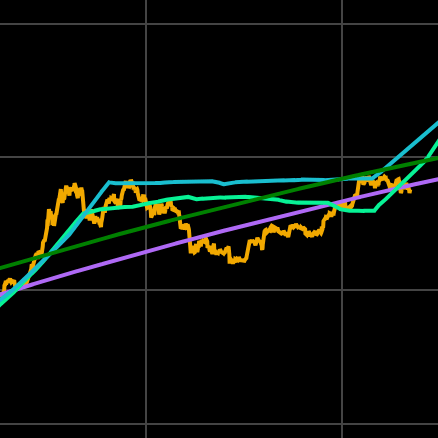
Key Takeaways
- Bitcoin Runes transactions dropped from 81.3% to 12.7% by May 22.
- The initial surge coincided with the fourth Bitcoin halving and led to record mining revenues.
- Runes are part of an attempted movement aiming to add more 'utility' to the network.
The Bitcoin Runes protocol, which once caused a surge in Bitcoin transactions, is now seeing a significant decline.
Initially launched on April 20, Runes transactions spiked, dominating Bitcoin blockchain traffic on multiple occasions, particularly during weekends.
Following the launch, transaction volumes soared, coinciding with the fourth Bitcoin halving.
This hype led to Bitcoin mining revenues surpassing $100 million for the first time, with a record daily earning of $107.7 million.
Users also spent $2.4 million in fees to inscribe runes and rare satoshis on the first halving block.
Runes transactions peaked on April 23, accounting for 81.3% of Bitcoin transactions.
However, by May 2, this figure had plummeted to 11.1%.
The hype saw a brief resurgence on May 4, 5, and 6 but has continued to trend downward.
Decline continues
As of May 22, Runes transactions made up 12.7% of Bitcoin transactions, significantly higher than Bitcoin Ordinals (0.7%) and BRC-20 (1.5%).
Despite this, Runes transactions have decreased by over 84% from their peak.




